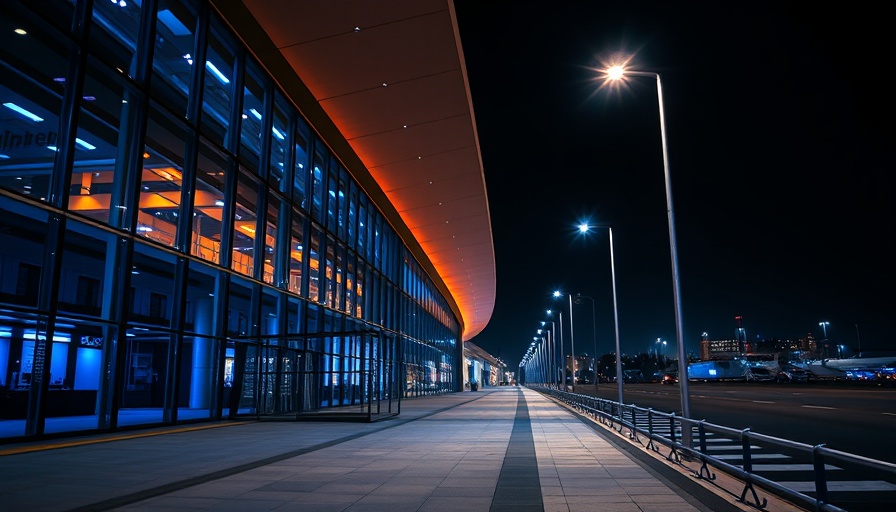
San Antonio Airport: A Hidden Cost for Travelers
As spring break approaches, many travelers are gearing up for their journeys, but a recent report reveals that flying out of San Antonio International Airport (SAT) might put a dent in their wallets. With an average flight cost of $384.52, SAT ranks as the 15th most expensive airport nationwide. This figure is notably above the national average of $365.64, reflecting a 7.1 percent increase in airfares compared to the previous year.
Texas’ Competitive Airfare Landscape
Interestingly, San Antonio is not alone in this trend. Major Texas airports such as Dallas/Fort Worth International Airport (DFW) and George Bush Intercontinental Airport (IAH) also feature high average airfare prices. DFW ranks 10th with an average fare of $392.31, while Houston’s IAH follows closely behind at $391.86. Both airports highlight the financial burden that Texas residents may face when traveling.
Why Are San Antonio Flights So Pricey?
The circumstances surrounding these high ticket prices can largely be attributed to the lack of competition from low-cost carriers at SAT. While Austin-Bergstrom International Airport (AUS), SAT's neighbor, offers more budget airlines like Spirit and JetBlue—both known for their lower fares—San Antonio’s flight options remain limited. This lack of affordable choices means costs remain higher.
The Impact of Travel Choices on Wallets
For many potential flyers, the difference in prices can dictate their travel decisions. Abri Guerrero, a college student, reported saving significant amounts by choosing to fly out of Austin instead of San Antonio, highlighting that it’s not just about convenience; it’s about cost. With ticket prices in Austin often $200 cheaper for similar routes, options like driving an extra 90 minutes can result in steep savings—making the trek well worth it for budget-conscious travelers.
Understanding Average Pricing Trends
The ranking of SAT among the costliest airports indicates a pattern where local residents often seek alternate travel hubs. The dilemma faced by San Antonio travelers isn't unique; it mirrors a broader trend where the presence of low-cost carriers can drastically influence airfare prices. Analysis indicates that airports dominated by a single airline tend to see higher prices due to reduced competition.
Local Events and Their Travel Implications
For those in San Antonio looking to explore cultural events without the financial burden of high airfares, consider local festivities such as Fiesta San Antonio or various music festivals throughout the year. Engaging in such events not only enriches your experience but also minimizes the need for long-distance travel, helping residents appreciate the vibrant community around them.
What Could Change in the Future?
The current pricing environment could shift should San Antonio successfully attract more low-cost carriers to compete with its major airports. If successful, it may not only provide more options for local travelers but could also drive down prices across the board. Local airport officials continue to seek new partnerships in hopes of expanding services, giving rise to the possibility of healthier competition.
Final Thoughts on Navigation Strategies
As travelers prepare for upcoming vacations, taking a moment to research and consider different airports can be beneficial in avoiding unnecessary expenses. If you find yourself in San Antonio, explore local travel tips or consider connecting with travel agents who often have insights into the best travel paths and localized deals, ensuring you get the most out of your travel plans.
It's crucial to emphasize the importance of comparing airfares before finalizing travel plans, especially as competitive pricing varies dramatically based on your chosen airport.
 Add Element
Add Element  Add Row
Add Row 



 Add Row
Add Row  Add
Add 


Write A Comment